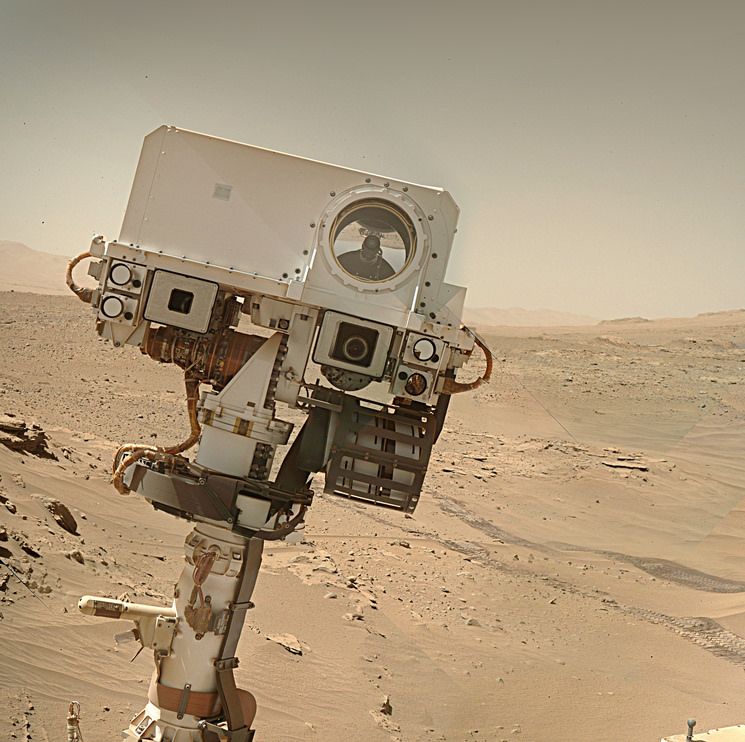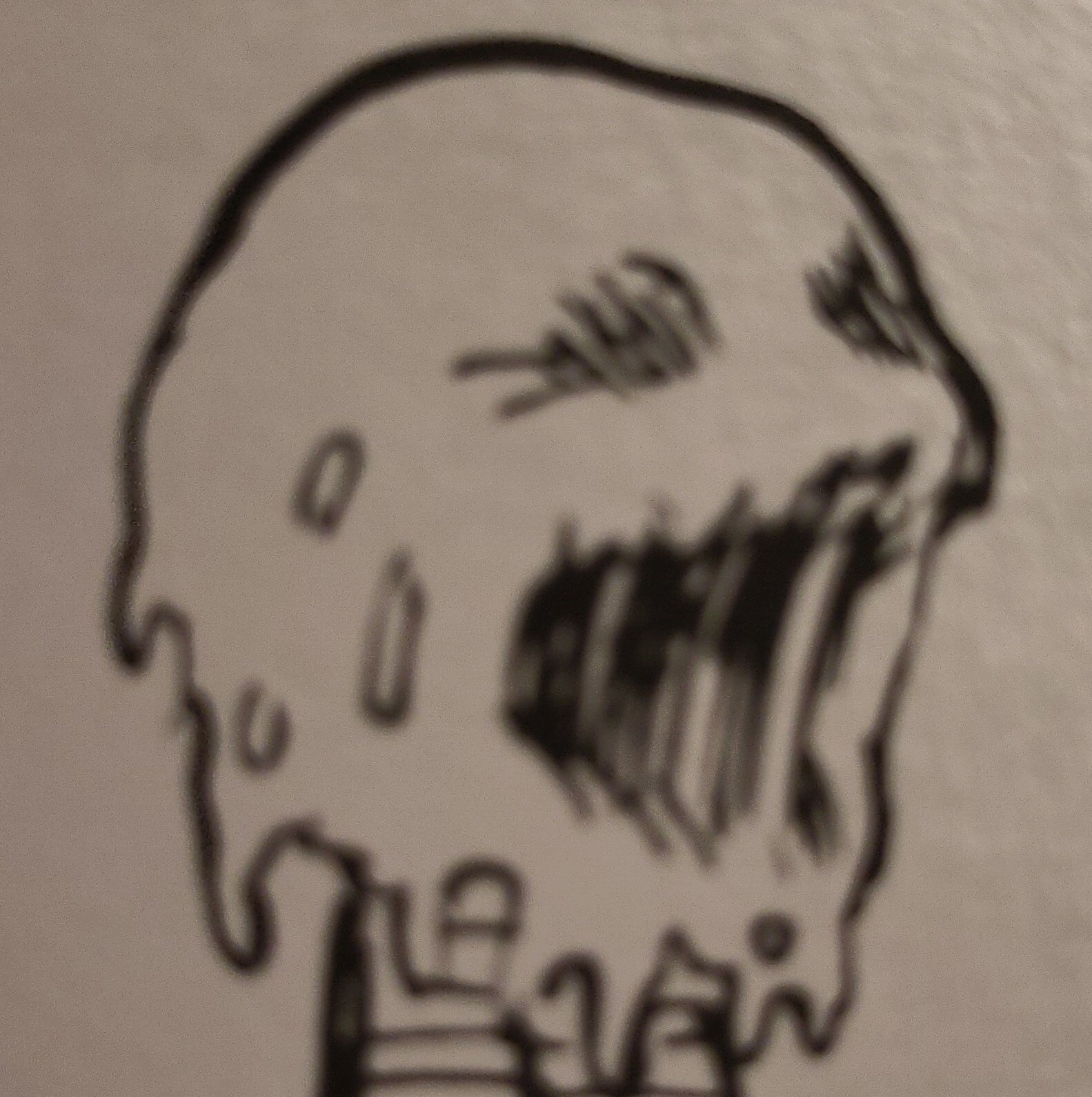NASA/JPL-Caltech/MSSS/fredk
Those erosion patterns are strangely soothing. :) How is it called? Corrugated? Serrated?
I’m not sure what you mean by “erosion patterns”. Are you referring to the layers (parallel and mostly curving lines) in some of the boulders?
I’m not sure how they are called, the horizontal grooves in many of the rocks:

Right, the layering/bedding. I see why you’d define those as grooves. Generally speaking, for sedimentary rocks (which these are), some layers “stand out” because they’re more resistant, and some get eroded more easily, making little ridges, which creates the contrast you’re seeing.
I’ve never thought of them as soothing before - but yes, the more rounded ones remind me of underwater sand ripples you’d see in a river or large body of water, which is pretty calming, isn’t it? And since there was so much water in Gale Crater, once upon a time…
EDITED TO ADD: On Earth the “stair-step” pattern that comes to mind for that is shale, but there are plenty of examples!
some layers “stand out” because they’re more resistant, and some get eroded more easily, making little ridges, which creates the contrast you’re seeing.
I once saw a granite rock face with lots of sharp pointy spikes. The limestone was already eroded away. It was very exciting to step on it. :)
yes, the more rounded ones remind me of underwater sand ripples
Yes, the combination of texture, form and color does it for me.
about erosion: can cosmic radiation, infrared light, and heat fluctuations cause erosion, too?
Hopefully one of the geology followers can help identify them :)
Mars got lucky we couldn’t see it so well at first. You wouldn’t catch us trifling with The Beige Planet.


